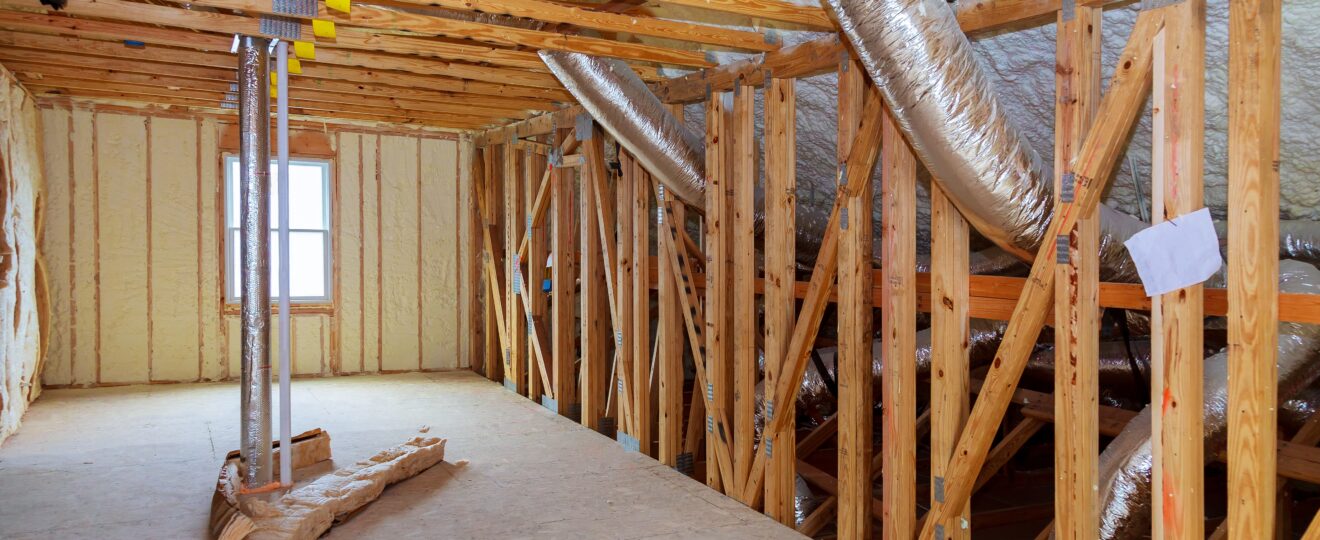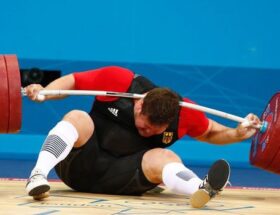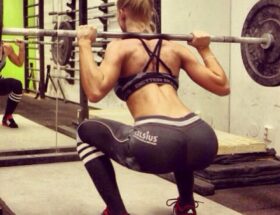Prefabrication in single-family housing – what you need to know about it
The use of prefabricated elements is becoming increasingly popular in the construction industry. In this article, you will learn why prefabricated elements are the ideal solution when building a detached house. You will also learn about the most important aspects of assembly and prefabrication technology.
Why opt for a prefabricated house?
Prefabricated elements in single-family housing have many advantages. First and foremost, they provide a reduction in construction time as prefabricated elements are manufactured in factories. In addition, prefabricated elements are more precise than traditional construction methods, resulting in better quality workmanship. It is also worth mentioning that prefabricated elements eliminate thermal bridges and provide better thermal insulation.
What is the process of building a prefabricated house?
The construction of a prefabricated house takes place in several stages. First, the builder must select the prefabricated elements that will be used in the construction. The prefabricated elements are delivered to the construction site, where assembly takes place. In the case of prefabricated walls and ceilings, assembly takes place on site. Once the assembly is complete, the interior and exterior of the house is started.
What are the most commonly used prefabricated elements in single-family housing?
Prefabricated walls, ceilings, stairs, balconies and reinforced concrete elements are most commonly used in single-family housing. Prefabricated elements have standard dimensions, which makes the assembly process easier.
Are prefabricated elements suitable for housing?
Of course, prefabrication is widely used in housing construction. Thanks to prefabrication, both single-family houses and multi-family buildings can be built. The modularity of prefabricates allows individual elements to be easily joined together, which gives great freedom in designing different types of buildings.

What are the modern prefabrication technologies in single-family housing?
Today, there are many modern technologies related to prefabrication in single-family housing. Among the most popular is reinforced concrete prefabrication, where reinforced concrete elements are manufactured in factories and assembled on site. Another technology is the use of prefabricated timber, which is easy to assemble and finish.
What are the costs of building a prefabricated house?
The cost of building a prefabricated house can be lower than traditional construction. However, the price depends on a number of factors, such as the choice of prefabricated elements, the construction of the house, the size of the building, etc. It is worth consulting a developer or specialist to get an accurate cost estimate.
Are prefabs only suitable for the construction of single-family houses?
Actually no, prefabs are also used in multi-family housing and other types of construction. Depending on the needs, prefabs can be adapted to different types of buildings and structures.
Summary:
- Prefabrication in single-family housing has many advantages, such as reduced construction time and better workmanship.
- The process of building a prefabricated house consists of selecting the components, assembling them on site and finishing the interior.
- The most common precast elements used in single-family housing are walls, ceilings, stairs, balconies and reinforced concrete elements.
- Prefabricated units are used in both single-family and multi-family housing.
- Modern prefabrication technologies, such as reinforced concrete and timber prefabrication, are now available.










Jeśli szukasz treści, które naprawdę dają do myślenia, to jest to.
Jaki szok… przeczytajcie, naprawdę warto